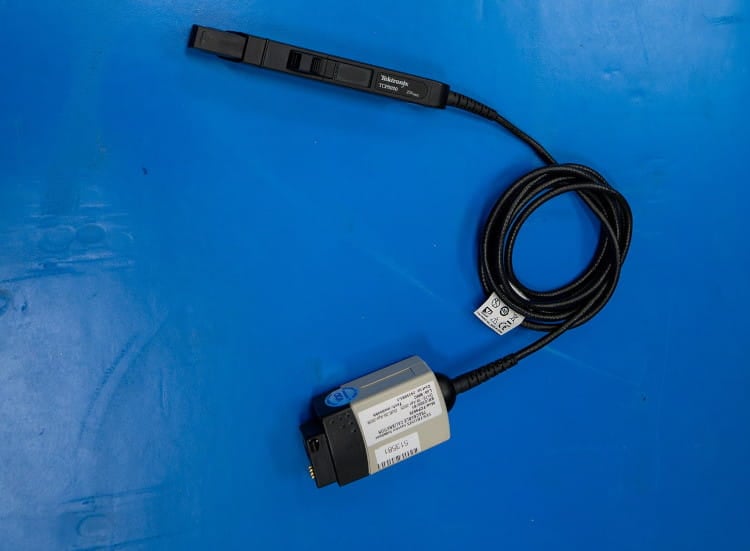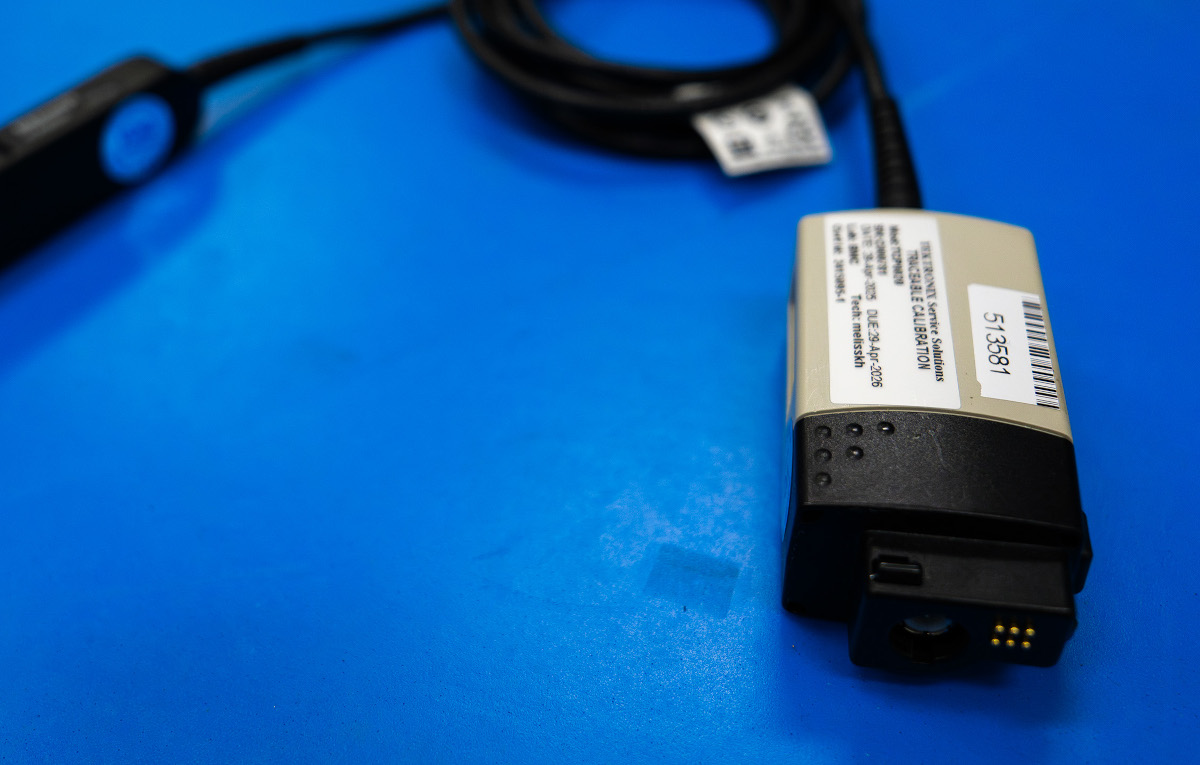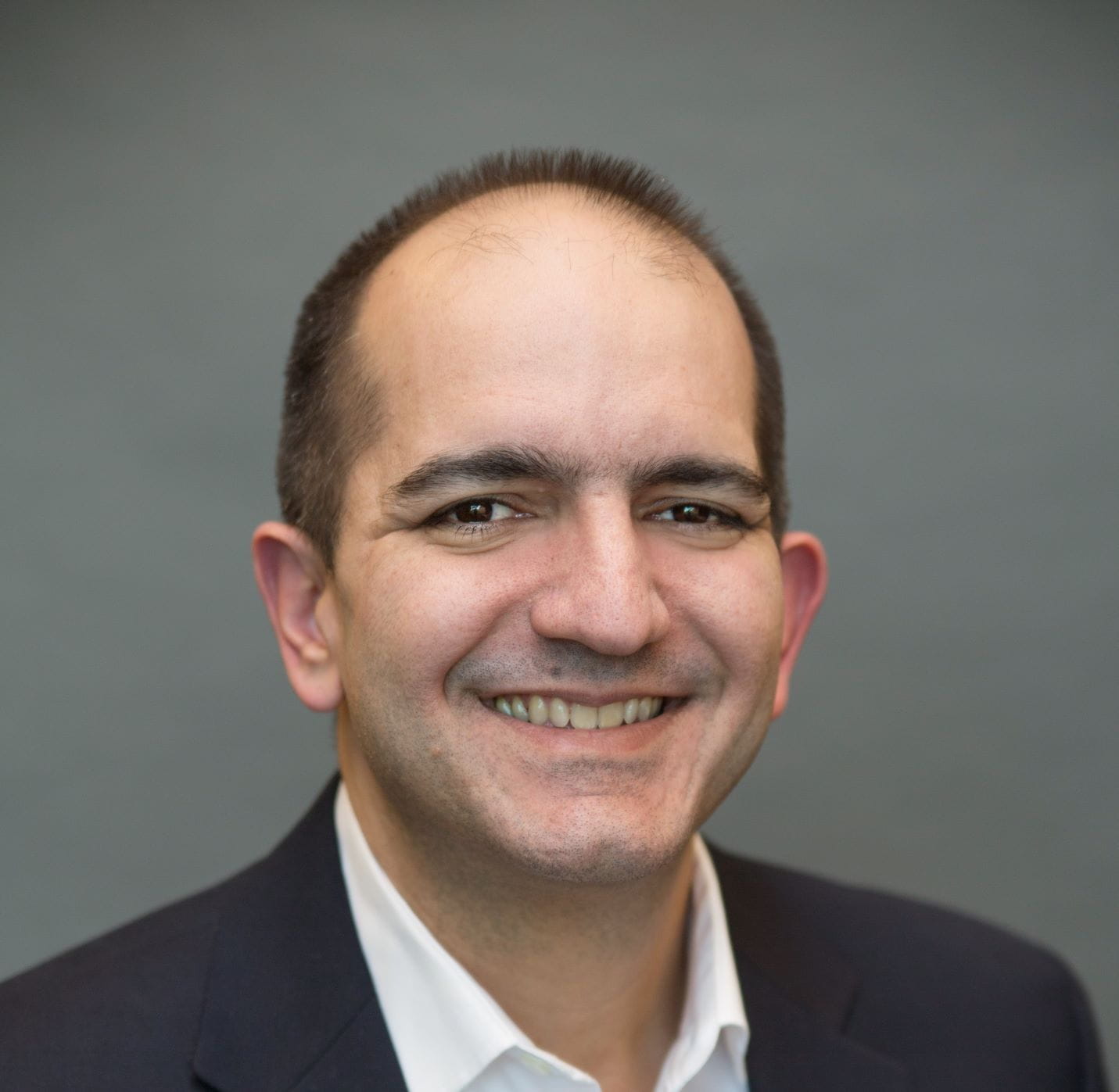Understanding the Difference Between Probe Calibration, and Compensation

At Tektronix, we frequently receive inquiries from our customers regarding the necessity and significance of calibrating probes, particularly when they compensate them each time they connect to their oscilloscopes. In this brief blog, we aim to address these common questions and clarify the crucial differences between probe calibration and compensation. Understanding these processes is vital for maintaining the accuracy and reliability of your measurements, which in turn ensures high-quality results in your electronic testing and measurement activities.
Probe Calibration & Adjustment
Calibration is the process of evaluating a probe's measurements by comparing them to a known standard to determine its accuracy. During this process, the probe's readings are compared to a reference device using standards traceable to the National Institute of Standards and Technology (NIST) or National Metrology Institute (NMI). This comparison helps identify any discrepancies from the expected values. It's important to note that calibration does not involve adjusting the probe; it simply assesses its accuracy in its current state. If the probe's readings fall within the manufacturer's specified tolerances, a calibration certificate is issued to document the probe's performance.
Adjustment is a step that may follow calibration if the probe's readings are found to be outside the acceptable tolerances. This process involves making changes to the probe to ensure its measurements fall within the specified limits. Adjustment can include fine-tuning the probe's settings or making physical modifications to align it with the established standards. After making these adjustments, a second calibration is typically performed to verify that the changes were successful and that the probe is now operating within the desired tolerances.
|
Probe Type |
Examples |
Adjustability |
|
Passive Probes |
P6139A, P2220 |
Adjustable |
|
High-Voltage Probes |
P6015A,THDP0200, THDP0100 |
Adjustable |
|
Current Probes |
TCP0030A,TCP0150,TCPA300, P6021A |
Adjustable |
|
Active Voltage Probes |
TAP1500, TAP2500 |
Adjustable |
|
Differential Probes |
TDP1000, TDP1500 |
Adjustable |
|
IsoVu™ Probes |
TIVP1, TIVP02 |
Limited Adjustability |
|
Optical Probes |
P6701B, P6711 |
Limited Adjustability |
|
Legacy Probes |
Older models (e.g., P6106) |
Varies |
|
Specialty Probes |
Custom or niche models |
Varies |
Probe Compensation
Probe compensation is an important adjustment process that ensures an oscilloscope probe accurately reflects the signal being measured. This process involves fine-tuning the probe's capacitance to align with the input impedance of the oscilloscope. By doing so, you minimize signal distortion and preserve the fidelity of the displayed waveform.
Aligning the probe’s impedance characteristics with those of the oscilloscope is crucial for correcting any discrepancies that could lead to inaccurate measurements, such as overshoot, undershoot, or signal attenuation. This adjustment is particularly important in high-frequency applications, where even minor impedance mismatches can significantly affect measurement accuracy. Regularly compensating the probe is essential for maintaining the integrity of the collected data, ensuring reliable and precise measurements that are vital for effective electronic testing and measurement processes.
When connecting a new probe to an oscilloscope, it is important to perform probe compensation before taking crucial measurements, after significant environmental changes, or following any maintenance on the probe. To compensate, connect the probe to a test signal, such as a square wave, and adjust the compensation trimmer on the probe until the waveform displays correctly and without distortion.
Some oscilloscopes, like the Tektronix 6 Series B MSO, can automatically perform this adjustment through software, while others, like the Tektronix 2 Series MSO, require manual adjustment of the probe. Always consult your oscilloscope's instruction manual for specific compensation procedures.
|
Scope |
Compensation |
|
MSO/DPO70000 Series |
Automatic |
|
MSO/DPO5000 Series |
Automatic |
|
5 Series MSO |
Automatic |
|
6 Series MSO |
Automatic |
|
4 Series MSO |
Automatic |
|
3 Series MDO |
Automatic |
|
2 Series MSO |
Manual |
|
TBS1000 Series |
Manual |
|
TBS2000 Series |
Manual |
|
TDS2000 Series |
Manual |
|
TDS3000 Series |
Manual |
|
TPS2000 Series |
Manual |
The compensation process does not affect probe calibration, as these are two separate procedures. Probe compensation adjusts the capacitive elements of the probe to match the input capacitance of the oscilloscope, ensuring an accurate representation of the signal. In contrast, probe calibration is a more extensive process that verifies the overall accuracy of the probe in measuring voltage levels and other electrical parameters.
Recent advancements in probe technology have simplified this process for users. For example, certain active probes, like TAP2500, and some isolated probes such as the ISOVu probes do not require compensation.
|
Probe Type |
Examples |
Compensation Process |
|
Passive Probes |
P6139A, P2220 |
Manual Compensation |
|
High-Voltage Probes |
P6015A,THDP0200, THDP0100 |
Manual Compensation |
|
Current Probes |
TCP0030A,TCP0150,TCPA300, P6021A |
Manual Compensation |
|
Active Voltage Probes |
TAP1500, TAP2500 |
Automatic Compensation |
|
Differential Probes |
TDP1000, TDP1500 |
Automatic Compensation |
|
IsoVu™ Probes |
TIVP1, TIVP02 |
Automatic Compensation |
|
Optical Probes |
P6701B, P6711 |
Manual Compensation |
|
Legacy Probes |
Older models (e.g., P6106) |
Manual Compensation |
|
Specialty Probes |
Custom or niche models |
Varies (Manual or Automatic) |
Why Both Processes Matter
Calibration and compensation are essential for achieving precise and accurate measurements with oscilloscope probes. Calibration involves verifying and documenting the probe's accuracy against known standards. This process provides a comprehensive assessment of the probe's measurement capabilities and ensures compliance with quality requirements. By performing calibration periodically, users can guarantee that the probe maintains overall accuracy across all measurement points.
On the other hand, compensation focuses on adjusting the probe to correct specific errors, such as offset and gain. This adjustment enhances immediate measurement accuracy during setup or when conditions change. By combining regular calibration with targeted compensation, users can obtain reliable and precise measurements, ensuring the integrity and performance of their oscilloscope probes.
|
Calibration |
Compensation |
|
|
Definition |
Verifying and documenting probe accuracy against a known standard. |
Adjusting the probe to correct known measurement errors. |
|
Purpose |
Ensure and document probe measurement accuracy. |
Correct specific errors (e.g., offset, gain) for immediate accuracy. |
|
Outcome |
Calibration report indicating probe accuracy. |
Adjusted probe with improved measurement accuracy. |
|
Frequency |
Periodically (e.g., annually) or as required. |
During setup, before taking important measurements, after significant environmental changes, or following maintenance on the probe. |
|
Scope |
All measurement points and parameters of the probe. |
Specific errors or variations in probe performance. |
|
Process |
Comparison against calibration standards |
Capacitance adjustment to match the input impedance of the oscilloscope. |
|
Tools Required |
Calibration Process, NIST traceable standards, signal generator, oscilloscope. |
Adjustment tools, reference signals, oscilloscope |
|
Performed By |
Certified professionals or specialized labs. |
Users, technicians, or engineers. |
|
Documentation |
Calibration certificate. |
None, although adjustment records/settings may be noted for reference. |
At Tektronix, we are dedicated to understanding the intricate details and specifications of your probes. We ensure that every calibration and adjustment is carried out with the highest precision. Our expertise enables us to not only calibrate your equipment but also make any necessary adjustments, ensuring that your probes are ready for immediate use upon their return. This approach minimizes equipment downtime and enhances the efficiency of your operations.
Additionally, we provide comprehensive calibration data, which empowers you to effectively manage and mitigate risks in the event of a calibration failure. By choosing Tektronix for your calibration needs, you benefit from our extensive technical knowledge, reliable service, and our commitment to maintaining the highest standards of measurement accuracy and reliability.
Trust us to keep your equipment performing at its best, allowing you to focus on achieving excellence in your projects. We are committed to helping you attain the highest levels of accuracy and reliability in your measurements.
Contact us today to learn more about our Factory Calibration services and how we can support your journey toward precision.



